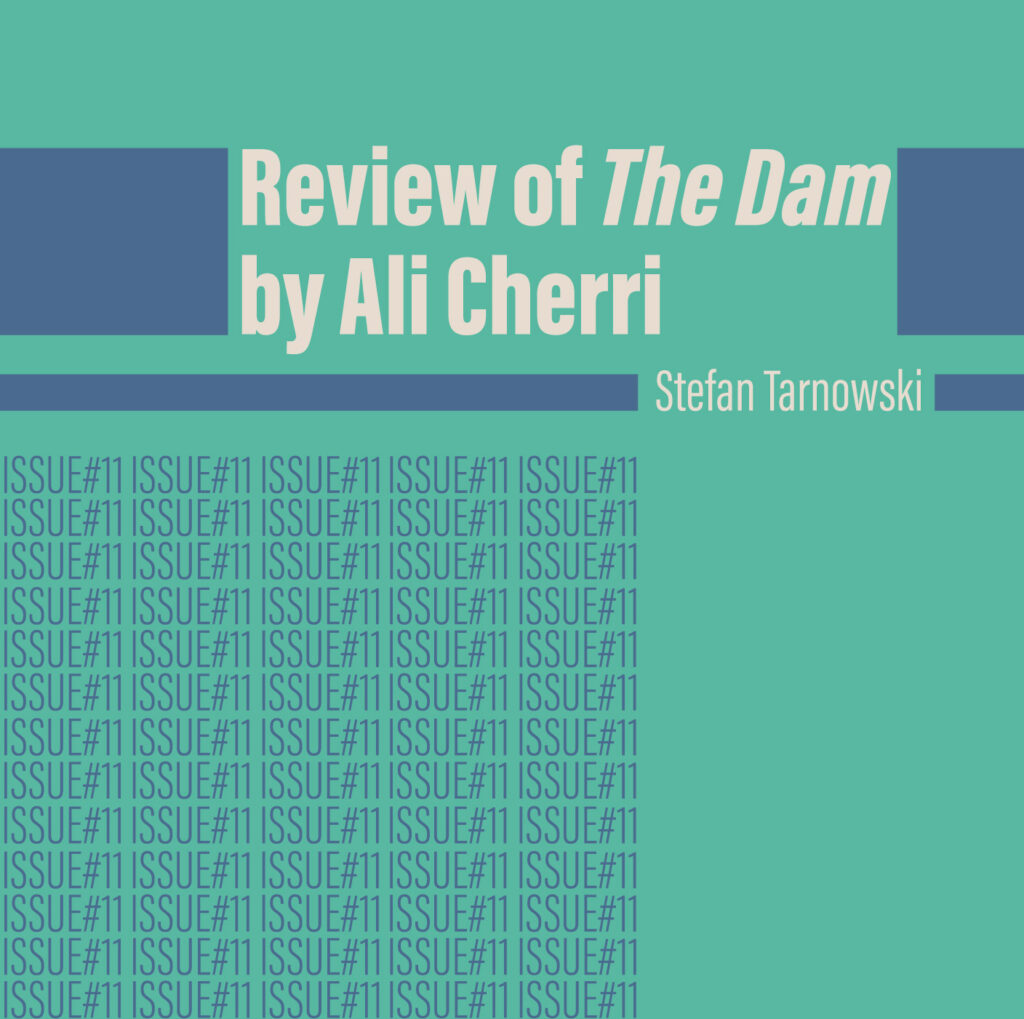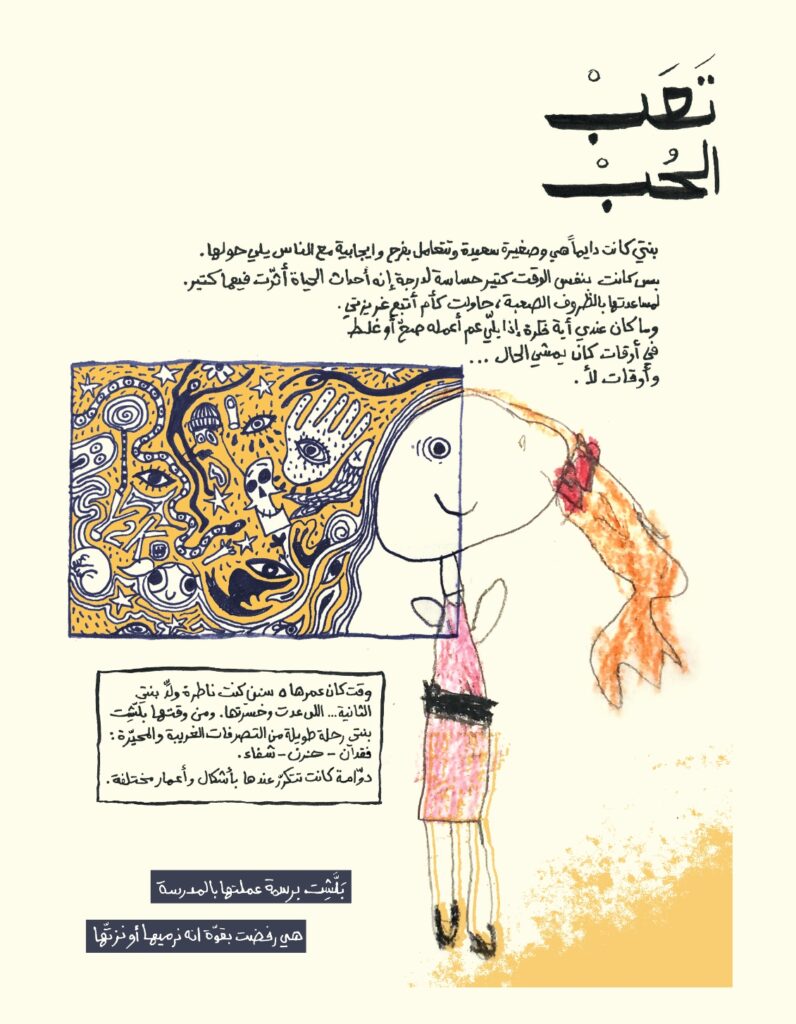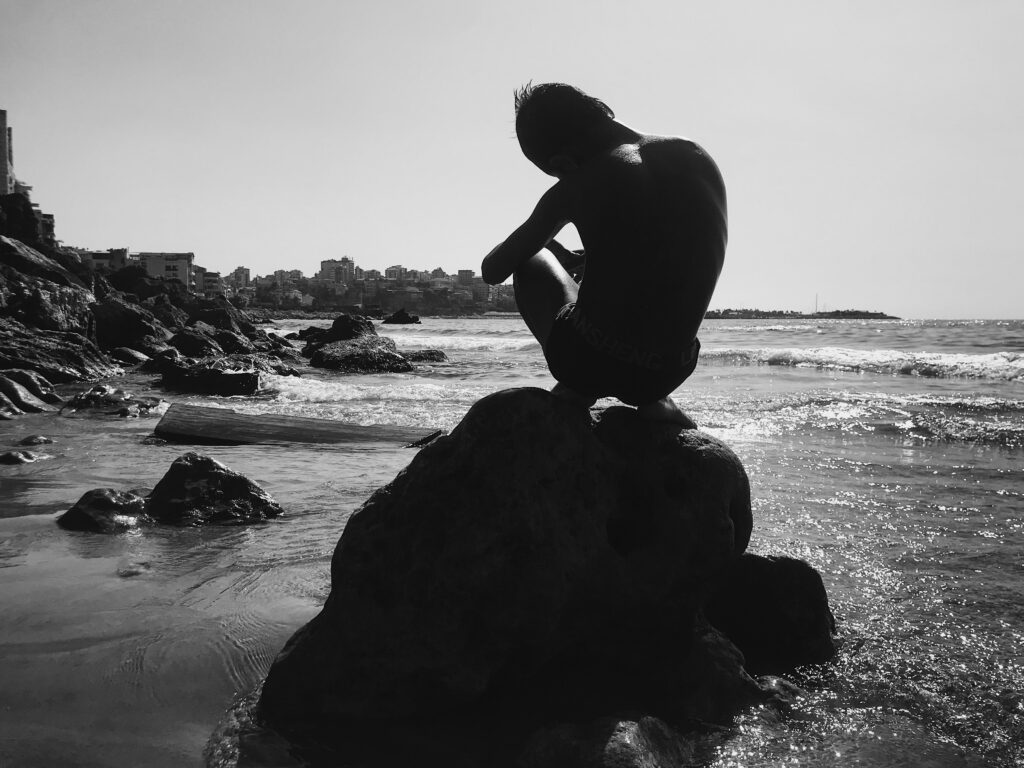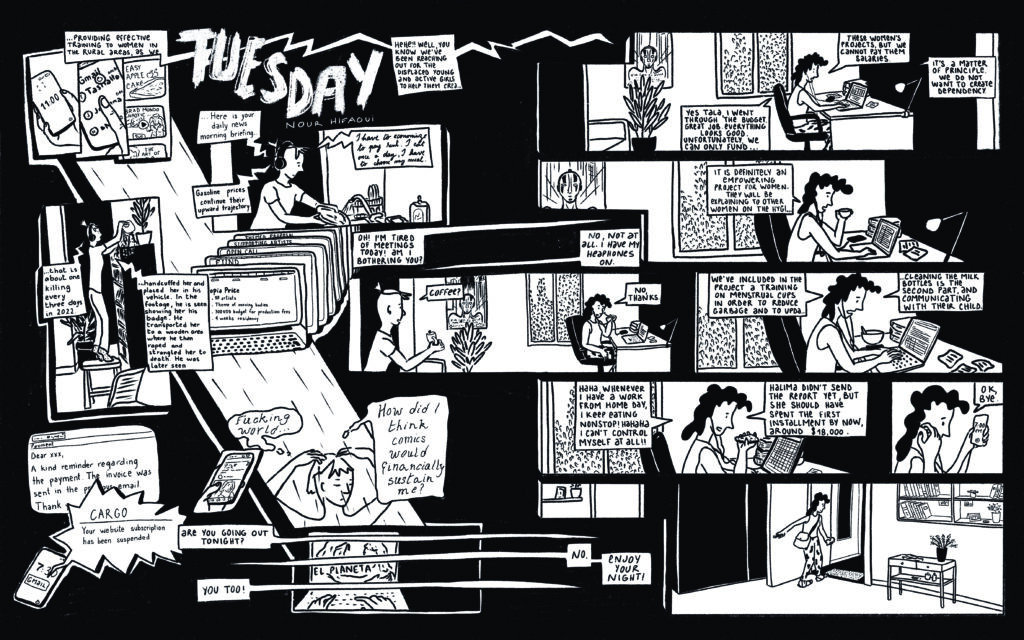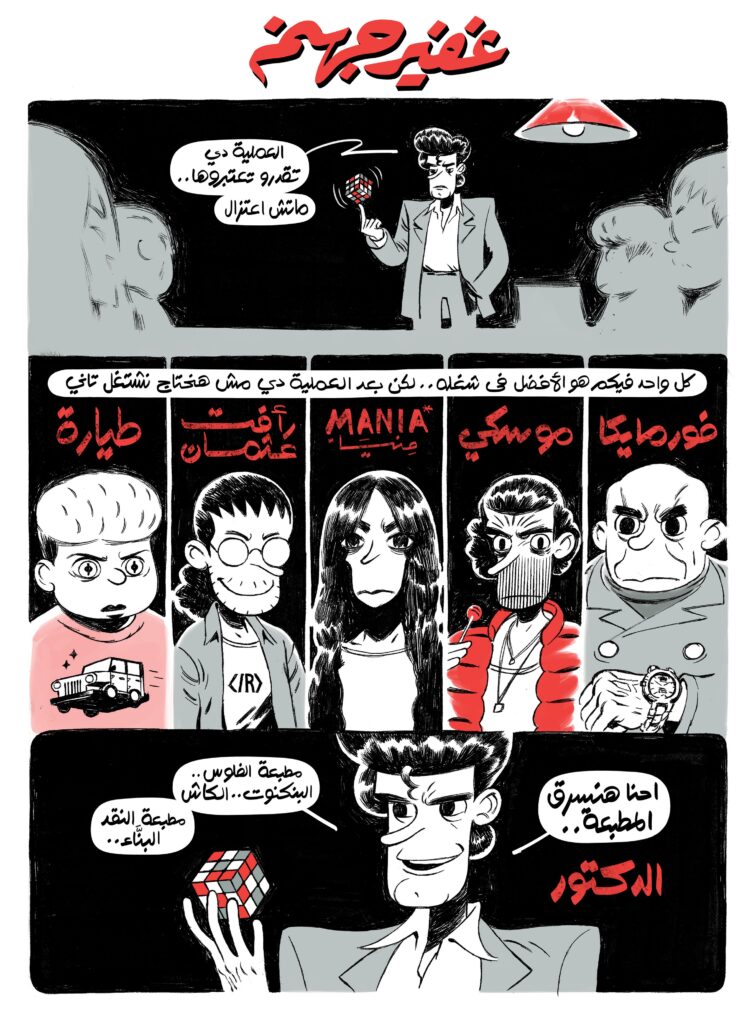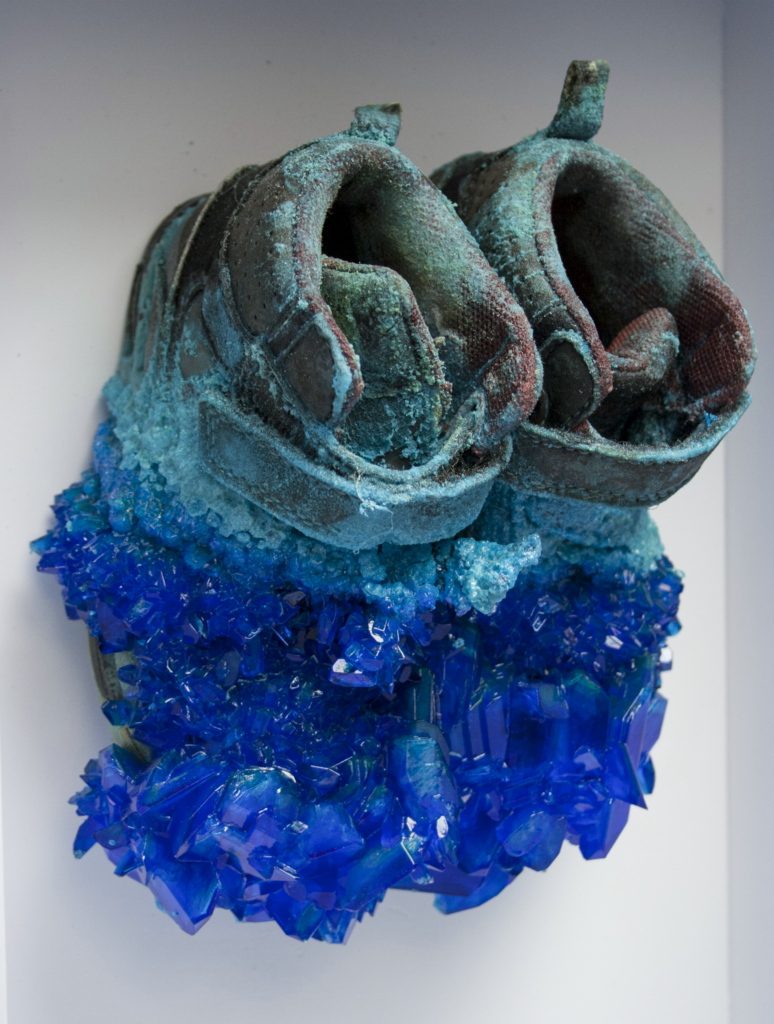Issue 11: Labor & Idleness
العمل اغتراباً
والركود تخريـــــباً
زينة الحلبي
يتناول العدد الحادي عشر من مجلة فَمْ ثيمة العمل والركود: كيف يتواجه المفهومان وكيف يتناقضان ويتكاملان؟ كيف نتخيّل العمل في عالم شهد مؤخّراً تحوّلاً جذرياً في مفهوم العمل وشروط ممارسته؟ وعلى المقلب الآخر، كيف ننظر إلى الركود، إلى الوقت المستقطع من العمل، وتشعّباته كالسكون والتراخي و الخمول والكسل؟
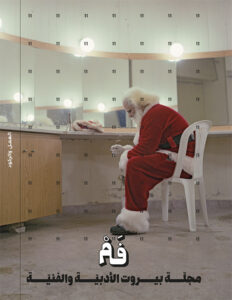
تضيف مساهمات هذا العدد على هذه الأسئلة، فتتطرّق إلى السؤال الأزلي حول العمالة المهاجرة وقضية الاغتراب. «وحدها الأنفاق التي نحفرها توصلنا إلى حيث نريد / أو تعيدنا إلى بطن الأرض»، يكتب صلاح باديس في قصائده عن العمال المهاجرين إلى أوروبا، والدوامة السيزيفية التي تبدأ من لحظة اغترابهم عن بلادهم وتستمّر مع انسلاخهم عن عملهم وعن أنفسهم معاً، وكأن لا خيار للعمال المهاجرين إلا التنقّل في حقل معجمي فيه غرب، وتغريب، واغتراب. يعود اغتراب العامل في قصة هالة عثمان التي تسرد فيها يوميات عامل بناء مصري في الأردن، من خلال عذابات جسده — كيف أن العمل في الحجارة مشروط بالألم، وكيف أن أوجاع الظهر والعظام رفيقة العامل المصري المهاجر ودليل توحّده مع الحجر منذ الأزل. يستعيد جولان حاجي ترافقه رسومات غيلان الصفدي، موقع المراقب البعيد-القريب الذي يرصد حركة المهاجرين من عمال مياومين وعمال توصيل وبناء في بيروت التي يتكثّف فيها العنف، «لا وقت لديكم لتحزنوا، لأن حياتكم هي الحزن بحد ذاته، وأنتم تحتالون عليه بالصبر، بقوة الذراع»، يكتب حاجي.
تعود ذاكرة العامل مع الاغتراب والألم في قصة سارة أبو غزال التي تسرد راويتها تعثّرها في البحث عن عمل، فيما تتسلّل إلى سردها ذاكرة جمعية من القتل الجماعي. تنقّب بكرية مواسي في ذاكرة تبدو وكأنها متوارثة، فتتناول الاغتراب عن العمل في ظل العوائق القانونية والجغرافية التي تحدّ من حركة العاملة الفلسطينية التي تنسلخ عن محيطها وتتحايل على صحتها النفسية كي تتمكّن من الانتقال بجسدها عبر المعابر. ومن تلك الحدود المفروضة بالعنف، يكتب عبد الجواد عمر عن اغتراب الفلسطينيين عن عملهم، هم الذين فهموا أن لا ترقّي تحت آلة الاحتلال، فيبدو العمل الثوري أكثر الممارسات قدرة على تحرير الفرد والجماعة معاً. تتناول المساهمات السردية والشعرية هذه مثلّث العمل والهجرة والاغتراب عن محيط العامل وأحياناً داخل محيطه، إلا أن في العدد أيضاً مساهمات تسائل أشكالاً من الأعمال غير المرئية، والتي تفرض لغتها وقوانينها الخاصة.
تصف مي المغربي في قصائدها اللذة التي تنتابها لدى مراقبة الآخرين يعملون، فتصوّر العمل البيروقراطي وكأنه طقس من طقوس التعذيب، وعمل النساء في المنزل غير المرئي كطقس من طقوس التطهّر. تتناول قصة ملك عفونة مفهوم العمل غير المرئي من خلال النظر إلى النساء العاملات في تحضير المونة، والمشرّدات اللواتي يبدعن فناً في الشارع، والأخريات اللواتي يكدحن في مجال العناية العاطفية، أي العمل المستتر والمخفي الذي يحمل وزر العناية بالعلاقات الإنسانية. تعود لينا غيبة إلى العناية العاطفية في قصتها المصورة التي تتساءل فيها كيف يمكن للحب أن يكون ممارسة دؤوبة لتذويب أوجاع الآخر الذي نحبّ، كما القلق الذي يشلّه.
في العدد مساهمات عن العمل الإبداعي وأهمية قراءته في سياقه المادي المتحوّل. يؤرّخ علي العدوي في مقالته النقدية لاستقلالية الفن، مفهوماً وممارسةً، في ظلّ الإنتاج المكثف وامتداد الثقافة الاستهلاكية وتراكم الأرباح في القرن العشرين. يتوقّف العدوي عند الفن الذي لم يعد قائماً، كما كان تاريخياً، على دعوة متسامية للتباطؤ والتأمل، بل أصبح في ظل النظام النيوليبرالي الحالي، مجالاً للاستثمار والتراكم الرأسمالي، وسبيلاً لتوسيع الأسواق الرأسمالية الاستعمارية. ينظر نائل الطوخي للعمل الإبداعي من منظور مغاير تماماً، أي من باب التساؤل عن علاقة العامل في المجال الإبداعي بمنتجه الإبداعي، عن صعوبة الفصل، لا بل استحالة الفصل بين المبدع ومنتجه، وإن كان هذا المنتج ليس إلا ملف وورد، لا سحر له ولا هالة.
إن كان في العمل غربة واغتراب واستتار واستغلال، ففي الركود سكون وهدوء وتقويض للعمل. تنطلق منى كريم في قصيدتها من لحظة الركود الجمعية والفردية التي رافقت الجائحة، فتبحث عن معنى العمل من خلال العناية بالجسد بالرغم من الأسئلة التي تجتاحها حول جدوى تلك العناية. ترى الشاعرة في لحظة الركود فرصة للغوص في الذات والتفكير بآليات الأبداع — كيف نكتب شعراً، وبأي لغة نبدع، ولمن نكتب ونحن نحدّق في الكارثة التي تتجلّى أمامنا يومياً.
قد يكون الخمول، أو الانسحاب الطوعي من ممارسة عمل مرتبط بآليات القمع أداةً للمقاومة. «وانت هتعمل إيه بحياتك غير إنك هتعيش مبضون؟»، يتساءل راوي حسين فوزي المنسحب من حياته، ذلك «البدين» الذي يتأرجح بين أحلام فيها رغبة وعالم يقظ يطالبه بالأداء — أداء الطالب المتفوق، أداء الحفيد المرضي — فيصبح الخمول مقاومة للأدوار المفروضة عليه. تعود فاطمة موسى إلى الخمول كممارسة في مقاومة الأدوار الجندرية النمطية وكنوع من التماهي مع ذاكرة من العنف الشخصي والجمعي التي تشلّ من قدرة راويتها على العمل. على نقيض النهب البنيوي الذي تحرسه الأنظمة الحاكمة، يظهر السطو والنهب والغش في قصة محمد صلاح المصورة كممارسة تقويضية تضحك في قدرتها على فضح سخف السلطة وتراكم رأس مالها.
إن كان الركود والخمول من استراتيجيات مقاومة السلطة والأدوار النمطية، فإنهما يبرزان في قصة هيكل الحزقي كممارسة في مقاومة الاستعمار الفرنسي. في قصته عن علاقة العمال التونسيين التاريخية بتحضير الشاي والتأنّي بشربه كمرادف للتقاعس عن العمل وعدم إتقانه، يظهر الحزقي كيف أن تلك الممارسة تندرج ضمن النضال الوطني ضد الفرنسيين ووسيلة لمقاومة نمط الإنتاج الاستعماري، أو أقله التلذذ بتخريبه.
تسائل تلك النصوص النثرية والنقدية والفنية والشعرية تصوّرنا التقليدي للعمل والركود. فالركود ليس نقيضاً للعمل، بل فعل مقاومة للممارسات السلطوية والأدوار النمطية المفروضة؛ كما أن العمل يتجلّى في تلك النصوص متخفّفاً من الهالة الأخلاقية والرومانسية التي لطالما رافقته. في نهاية المطاف، يبدو الركود والعمل وكأنهما وجهان لسلطة واحدة.
Labor &
Idleness
Rima Rantisi
It may seem obvious that I write an editorial note about editorial labor in an issue on labor. That’s fine. But I’m going to do more than that – so that I don’t bore you (I don’t mind this kind of labor). I am not going to focus on issue 11 in this note.You can do that work. In other words, no interpreting for you, fitting each piece into lyrical one-sentence summary-analyses (ie. “Emerging writer, Mohamad Tarhini, writes a lilting lyric essay linking the death of his grandfather, a tobacco farmer, to the seasons of tobacco farming.”), no framing or connecting or synthesizing or telling you the literary or artistic significance of the gems we have in this issue (see: Marilyn Hacker’s crown of sonnets, Tamara Saade’s emulsion lifts, Reem Aljeally’s “Questions to Siri” painting series). I mostly want to tell you about editorial labor.
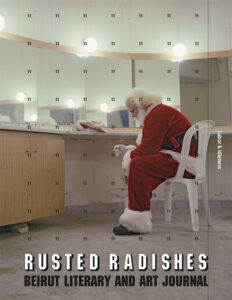
With every editorial since 2012, I do the painstaking work of pulling out the salient themes of the pieces to share them with you here (I always write them last minute and do not enjoy it) to entice you and give proper attention to our contributors, who deserve everything, surely, and more. (You taught me so much in these pages, you always do.) As a writer, I feel that a life without literary friends is no life at all. With whom better to discuss the minute agonies, technicalities, and idiosyncrasies of writing and life than another writer? But in what ways does the editor befriend the writer? As an editor, I am personally invested and, as I see it, even part of the work I edit, like a florist and her bouquets, chopping stems, placing each one at an angle, giving it a new life. From first picking the bouquet, to pruning and sprucing and talking to it to putting it into a vase, it’s thankless work, unglamorous to say the least – the bouquet, the writers, get all the attention. They should. But there’s this bond that transpires between editor and writer that surpasses the glam: I suddenly have a new writer friend. We don’t have to be close – we may never speak again after the piece launches into the world – but we’ve been intimate, even if fleetingly, in this editor-writer fling.
The pieces that grapple with “care work” in this issue (Maude, Reumert, Kahil) got me thinking about editing as care work, key in the intimate space that writer and editor hold in their brief relationship. This is an approach, of course. And literary editing is hardly paid enough (if paid) to care. That is, to care about a (fellow) writer’s work (and feelings); to care for the material as if it’s your own; to care to bring the work to the next level, to push through ideas with a writer, to spend hours and drafts in mastering a piece both on a literary and technical level for public consumption, for the archives. I ask myself often why I care about editing and publishing. There is a compulsion to this work that is at times incomprehensible coupled with the chemical rush of a literary crush.
I will be honest: There’s power in bringing others’ work to light. In addition to critique, selection is inherent to editorial work. As a Gen X’er from a small American town, I grew up as an adolescent reading primarily white men and women while not having the language or understanding of what it meant to read only white writers. I loved Beverly Cleary and the Fear Street series and anything my teachers put into my hands: The Hobbit, Where the Red Fern Grows, The Great Gatsby. You know, the great white list. I loved reading, so these books were easy to love. University courses expanded representation of people of color in literature slightly, but Arab voices never featured in them. I am aware that “representation” is a sticky concept (the play, “almost equal to,” by Jonas Hassen Khemiri, in this issue tells you plenty about that). It can never be complete, and I will have my biases and shortcomings when featuring Arab or Arab-adjacent writers in this journal. But that’s why we have a team, and that’s why editorial work should be challenged and praised and discussed as a driver of intellectual and artistic knowledge. Publishing and caring for voices beyond the hegemony of white writing means working toward preservation, presence, and power of others’ work. This is our part in the editorial politics in the region: the reciprocity (that care entails) that is needed to create community through labor.
The contributors in these pages are from Palestine, Yerevan, Khartoum, Tripoli (Libya), Paris, Berlin, Sweden, and cities across Lebanon and the US. At the time of this writing, our grief looms large as in the past three months, we have witnessed two genocidal armies attempt to wipe out the populations of the Republic of Artsakh (Nagorno-Karabakh) and Palestine. While finalizing this issue, we published a piece titled “Can the Palestinian Mourn?” by Abdaljawad Omar in our webzine. He asks: “How can one grieve within a space of relentless revulsion that erects barriers, redefines boundaries, desecrates bodies, and takes lives arbitrarily?” His answer is that Palestinians can’t properly grieve, and won’t, until there is justice. In this issue, Justin Salhani’s essay about the labor of grieving the death of his father makes Omar’s words even more haunting when he writes, “I’m afraid that if I don’t work through my grief, it will leave a human part of me behind.”
In editing, as in art, it is toward these transtextual conversations and close-up views into the darkness and the light, into the frailty and the fortitude of the human condition, that we work.

In an Instant

Things Seen Right & Left Without Glasses

مشهد تونسي للكسل

هرم في جنوب الأردن

Mornings

My Father’s Work Ethic
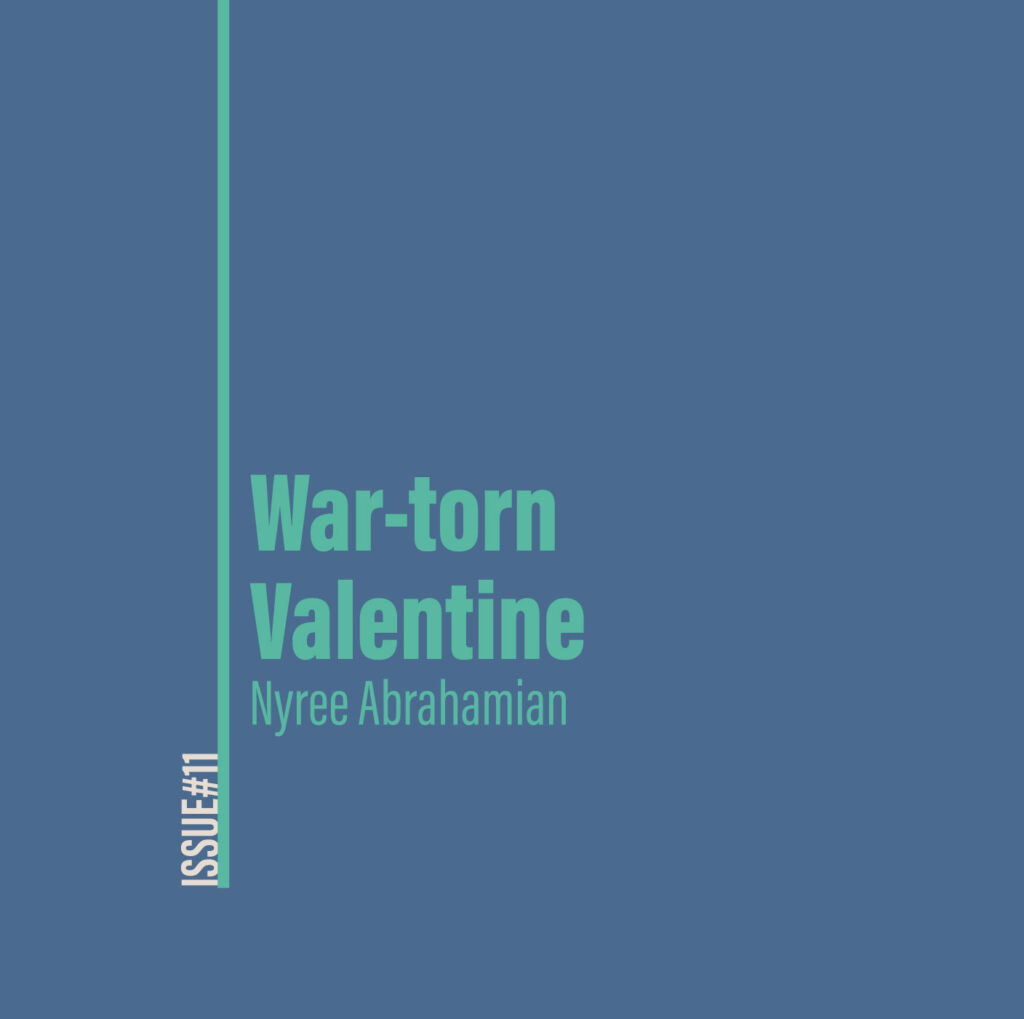
War-torn Valentine

Beside the Sickle Moon
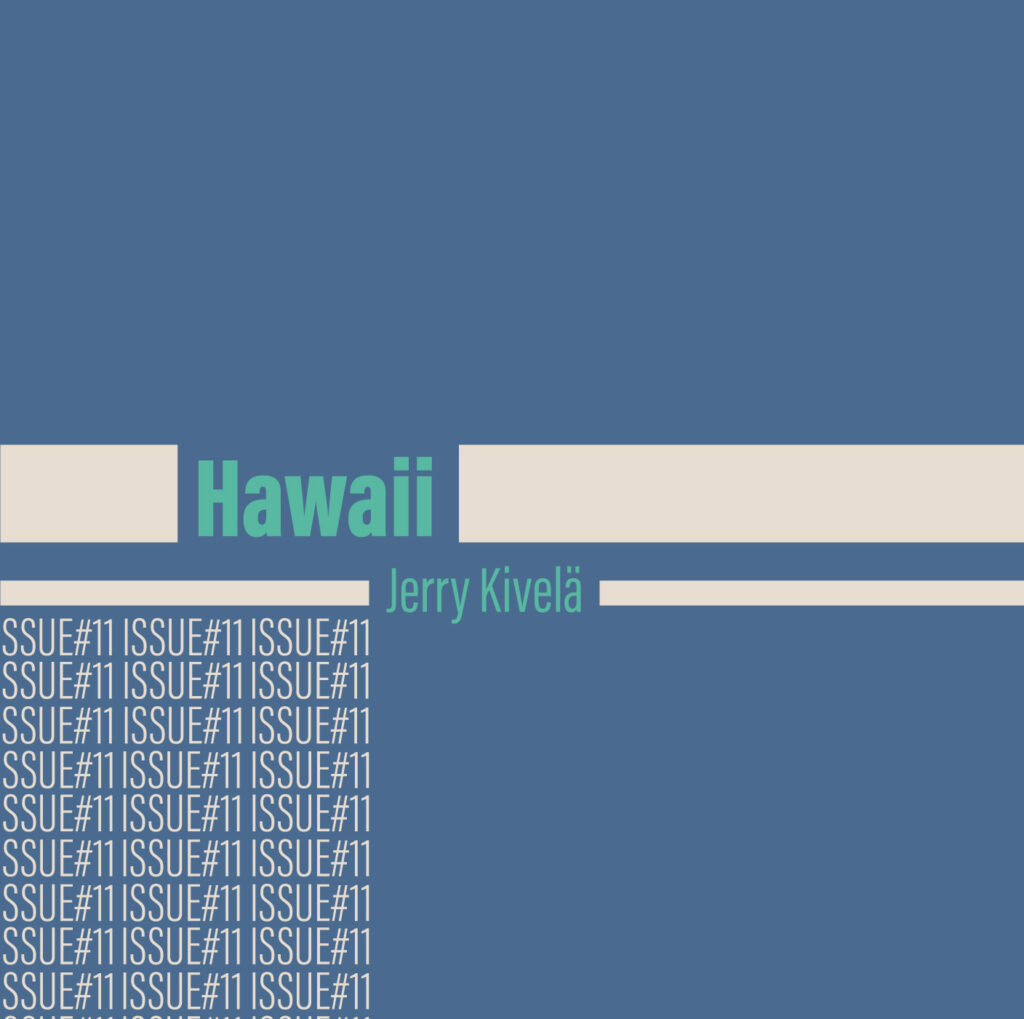
Hawaii
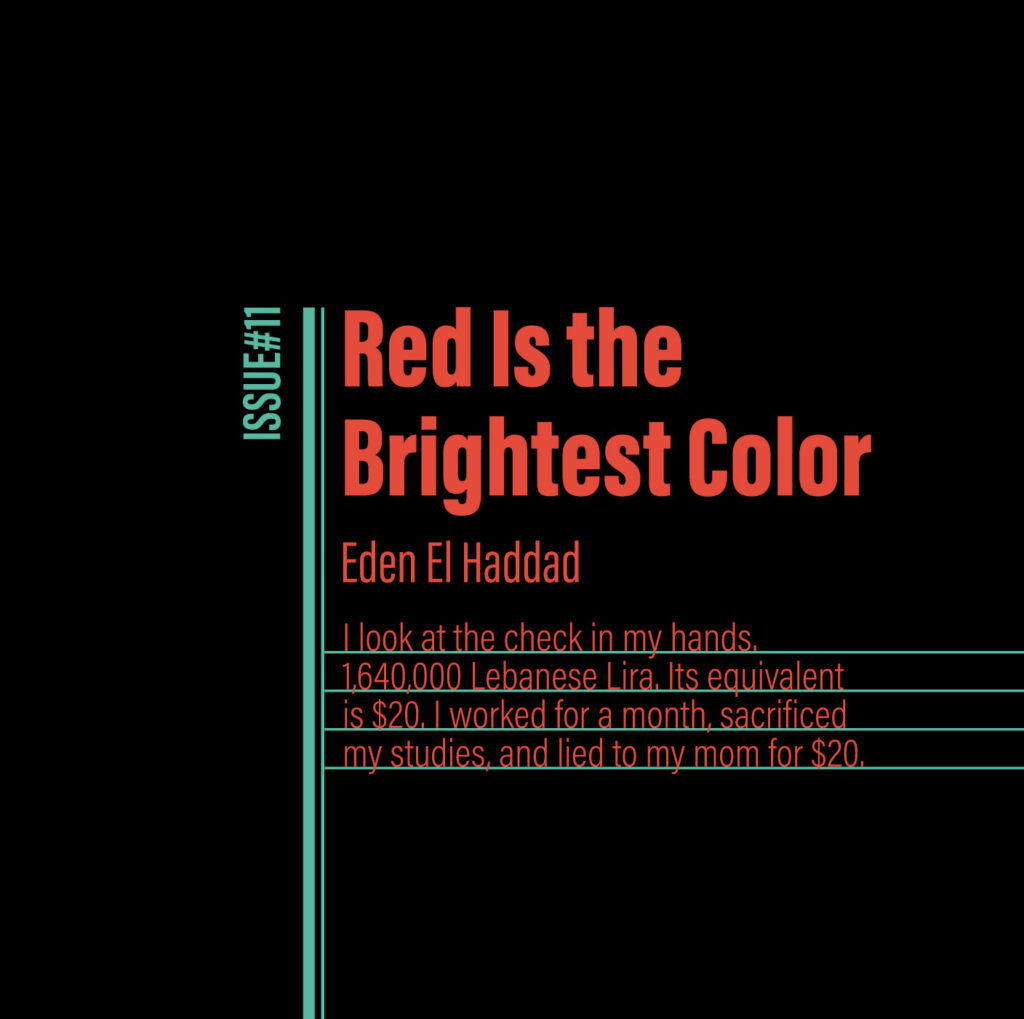
Red Is the Brightest Color

After Resignation
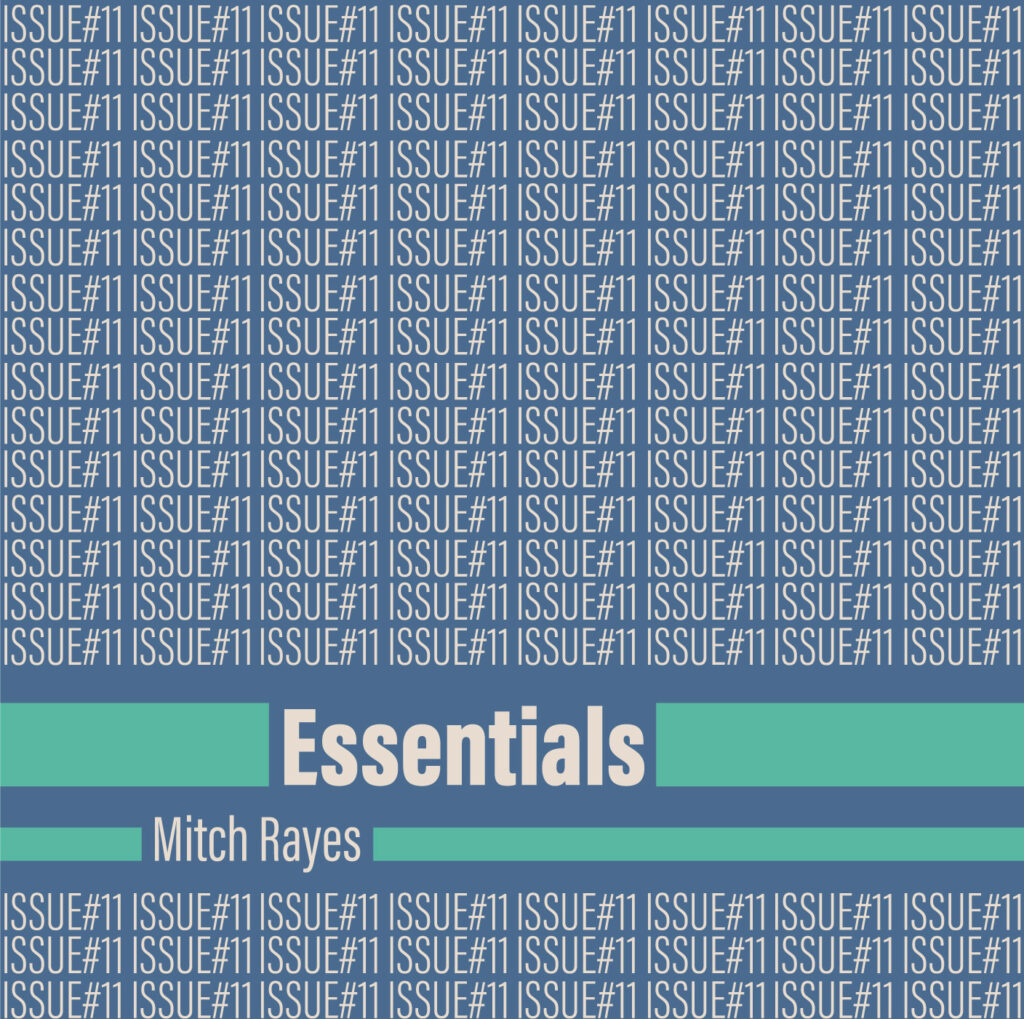
Essentials

Household
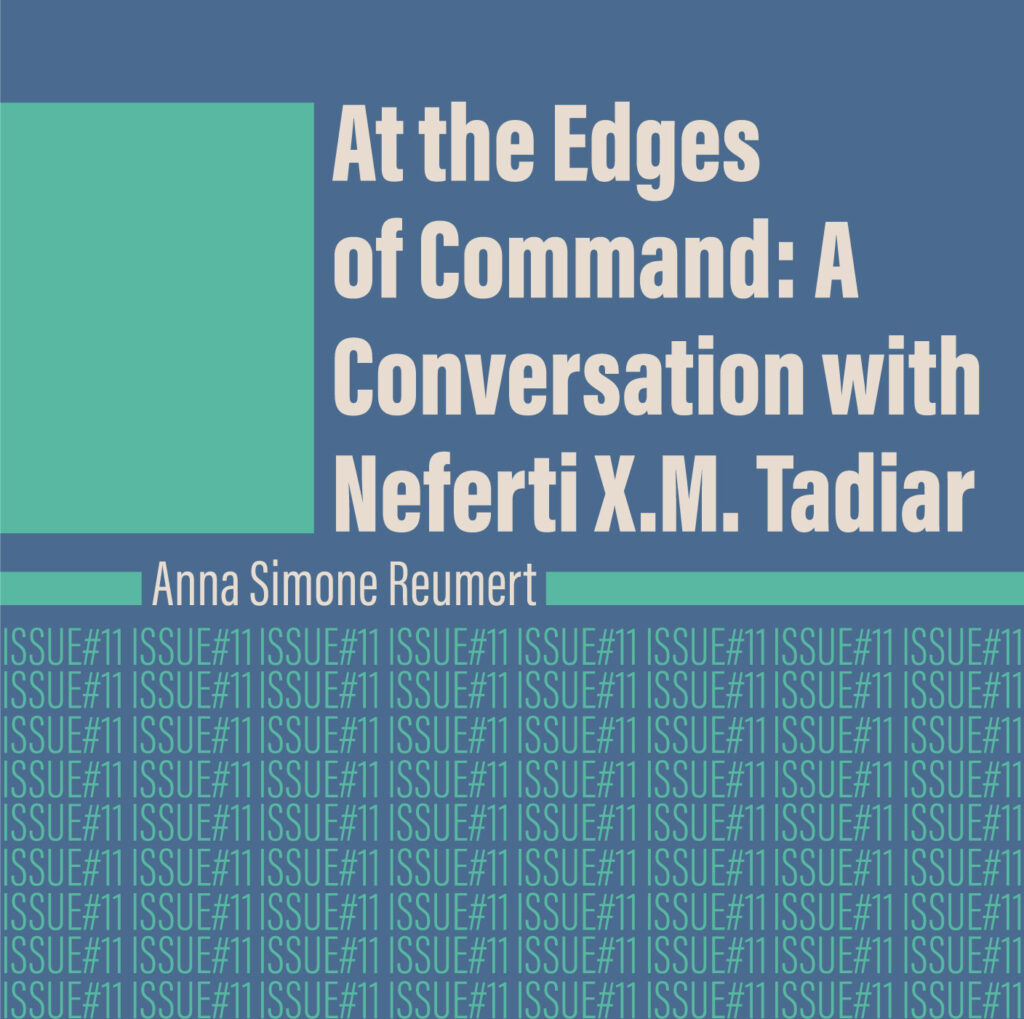
At the Edges of Command: A Conversation with Neferti X.M. Tadiar

Abbad Alyousef’s Prison Story
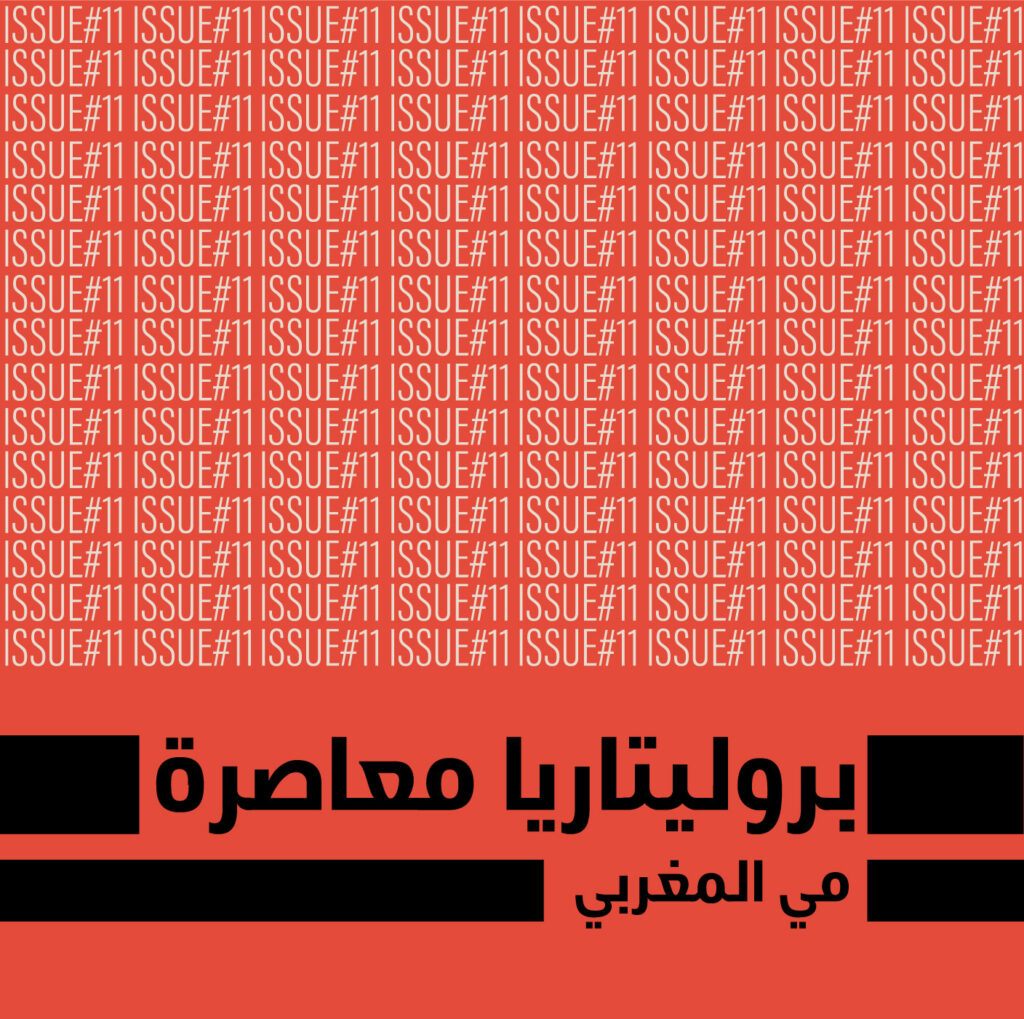
بروليتاريا معاصرة

الموعد
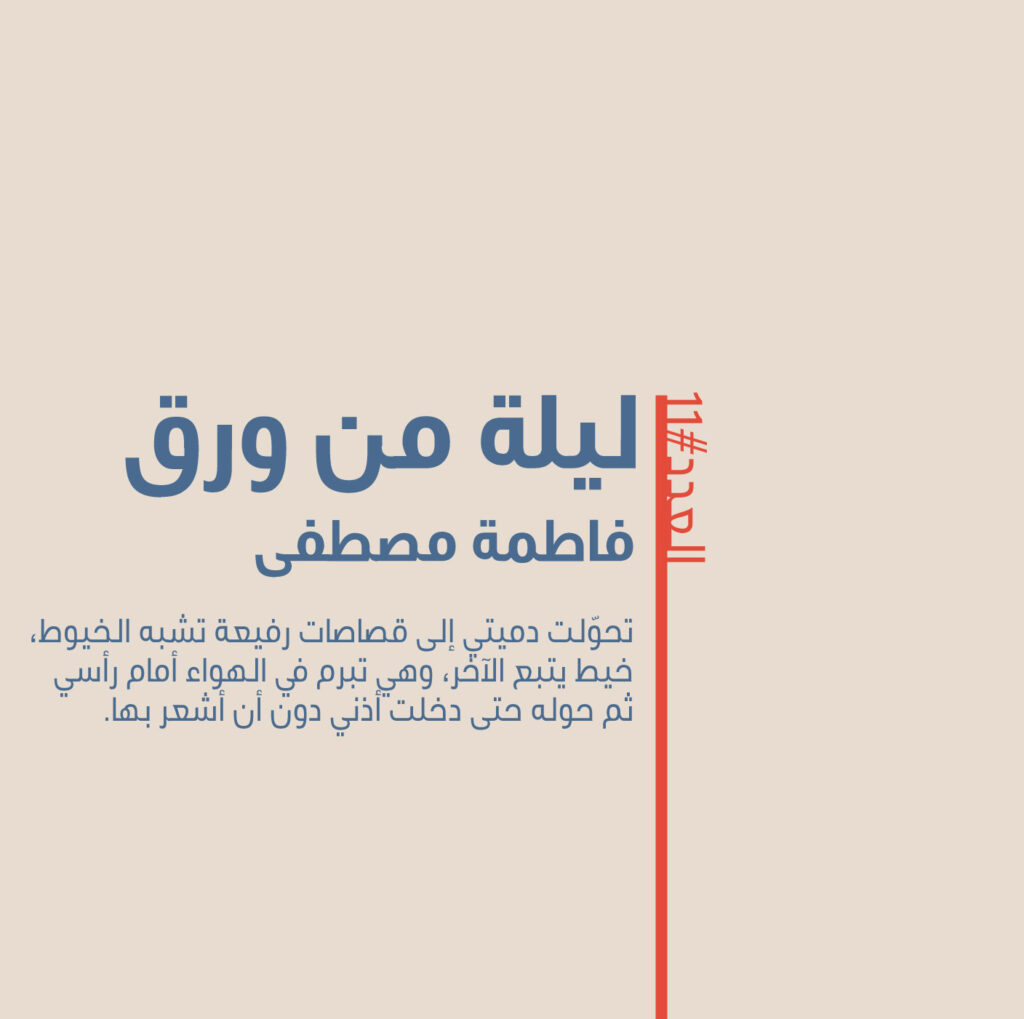
ليلة من ورق

Labor & Idleness

العمل اغتراباً والركود تخريباً

Montpeyroux Sonnets 6

a manifesto of movement

يوم نحس مستمرّ

Making Home: Care Work in Uncertain Times
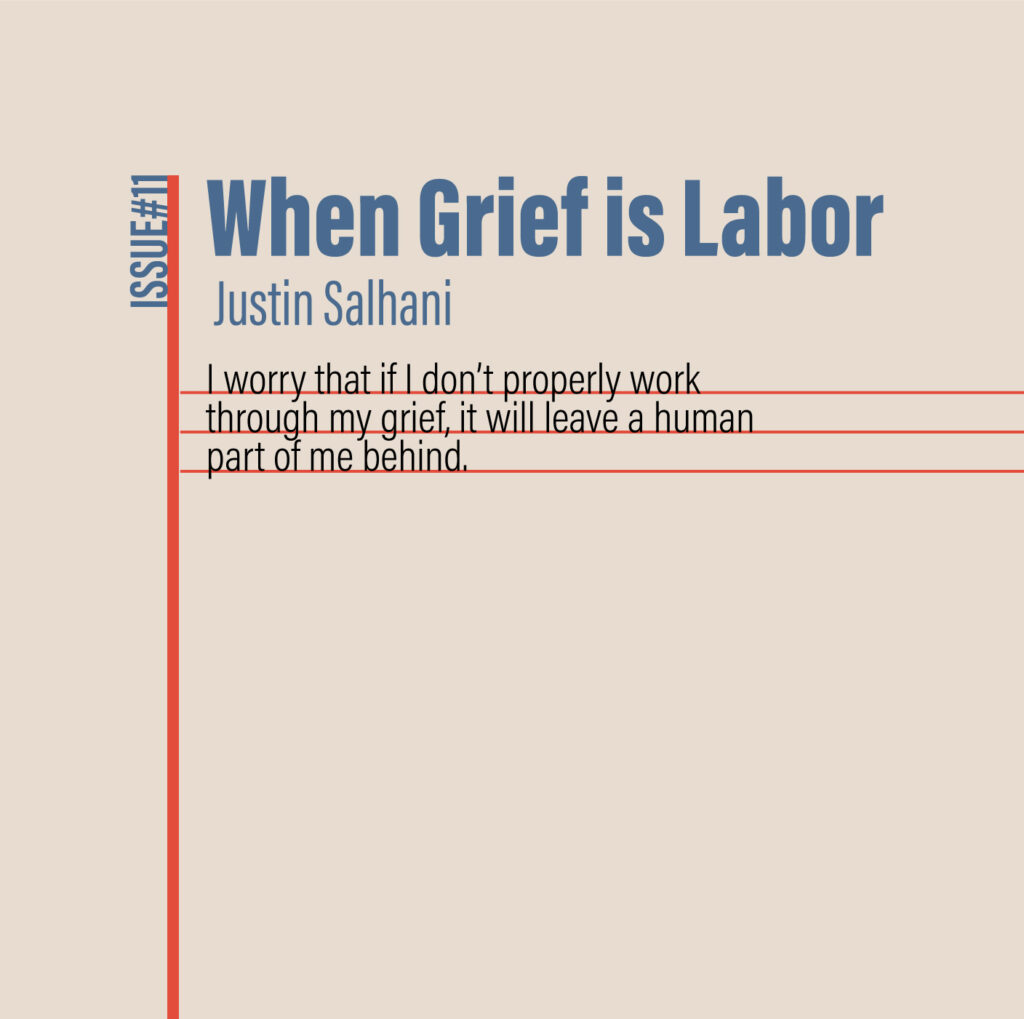
When Grief is Labor
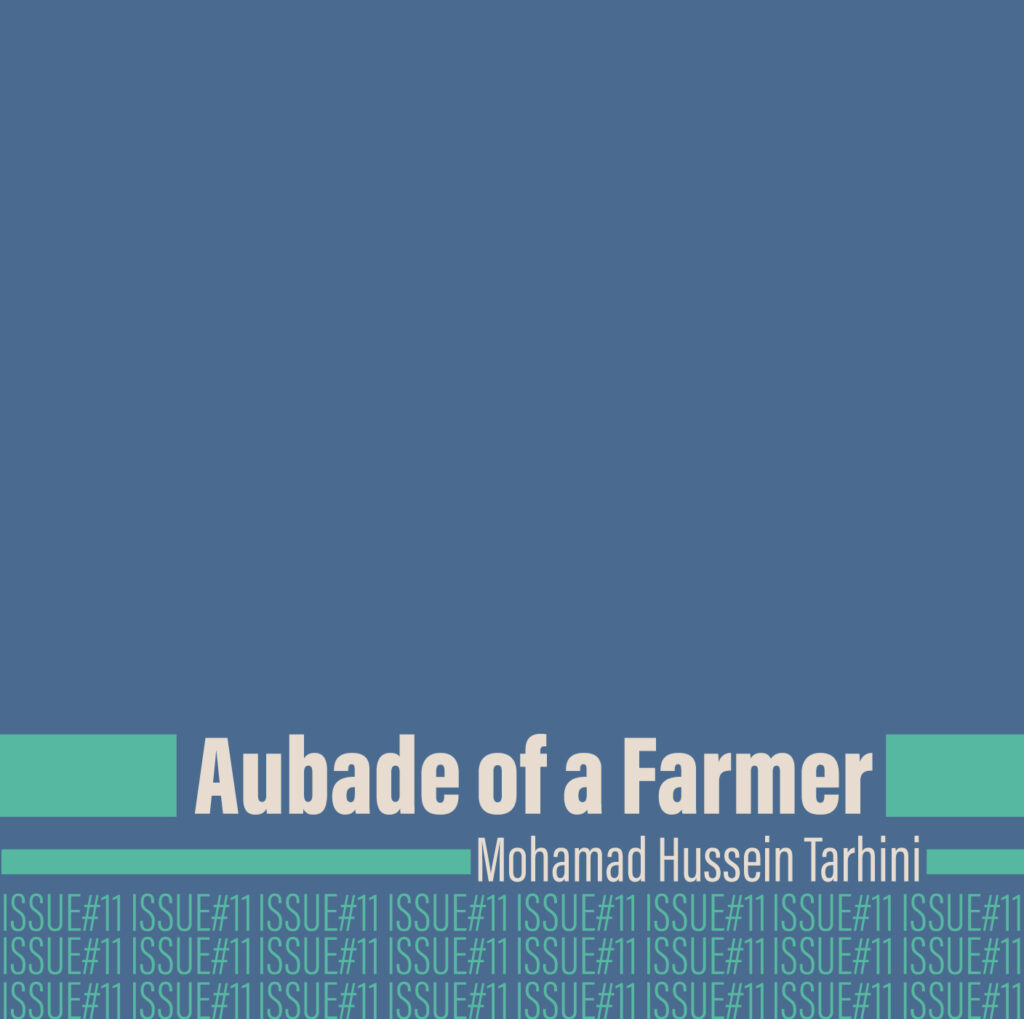
Aubade of a Farmer
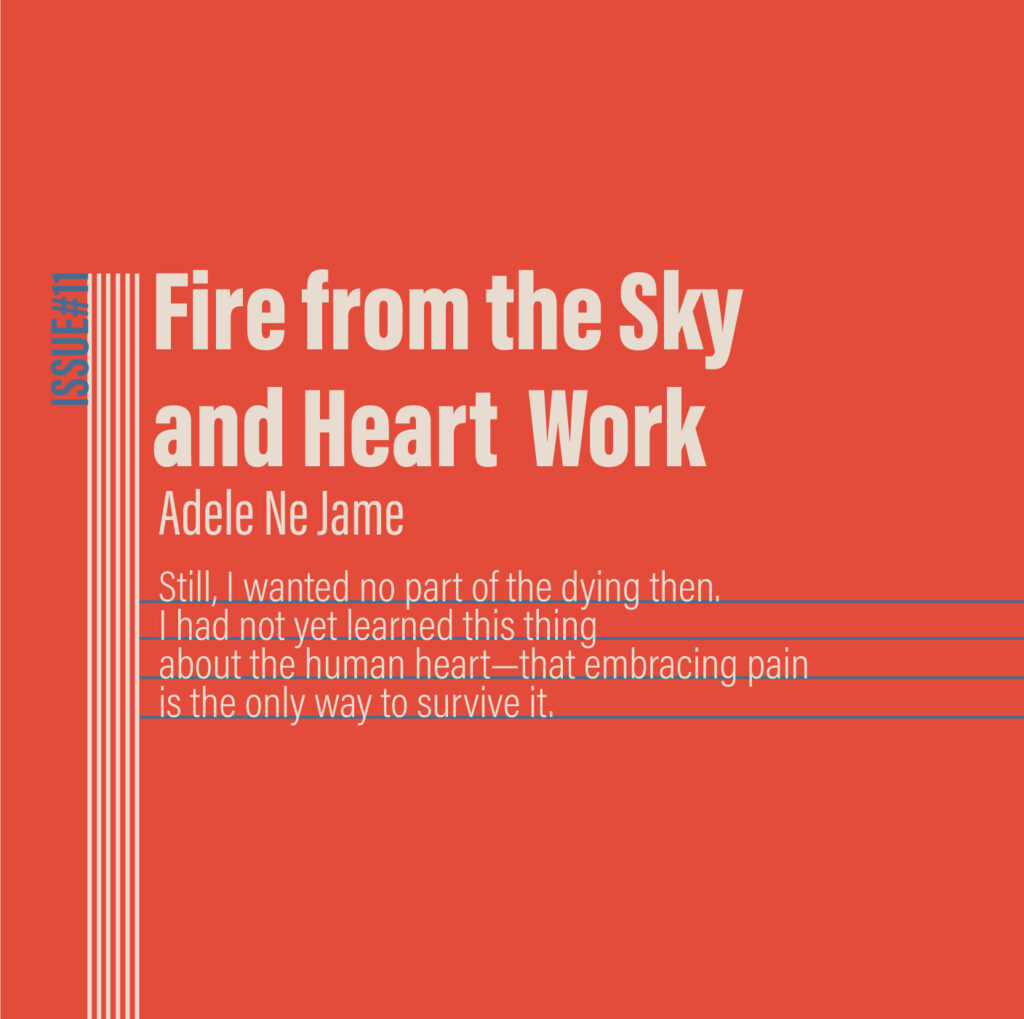
Fire from the Sky and Heart Work

كارنتينا

الشغل الصحّ
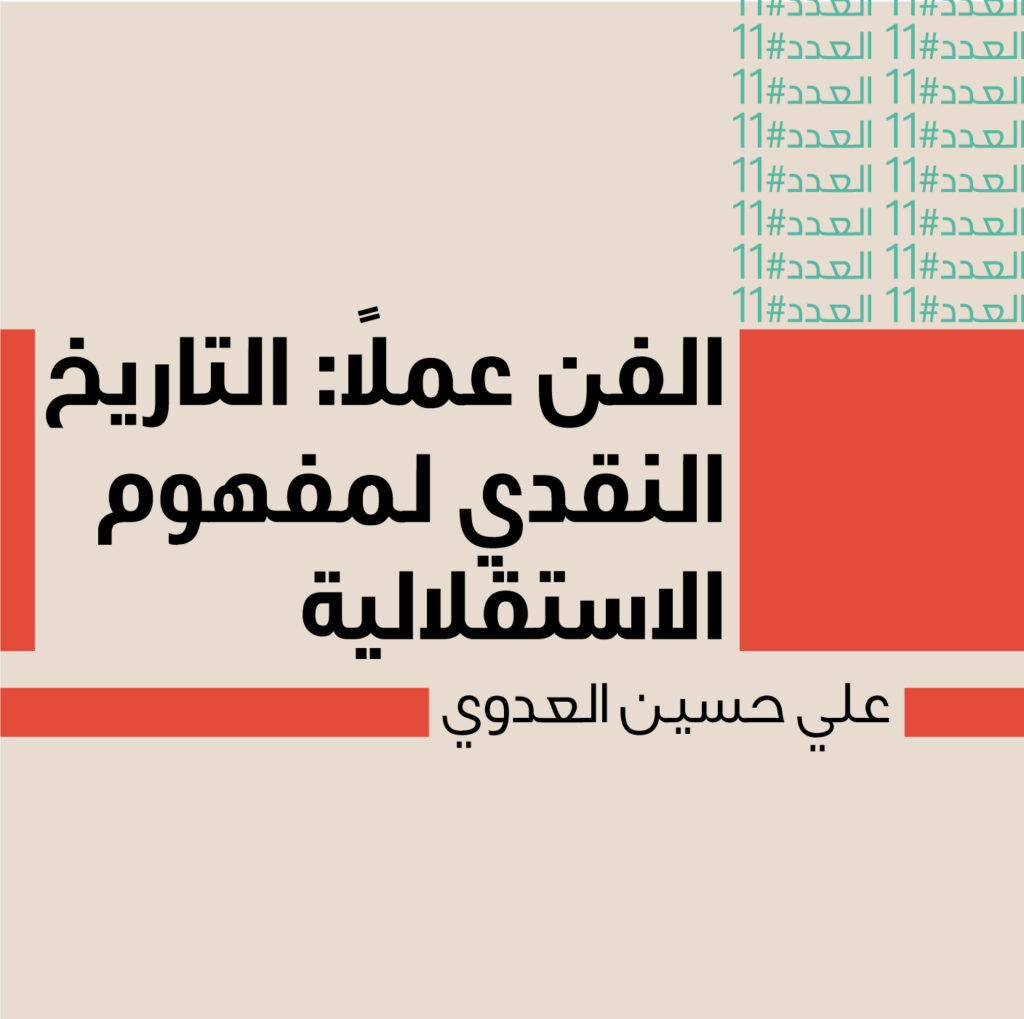
الفن عملاً: التاريخ النقدي لمفهوم الاستقلالية
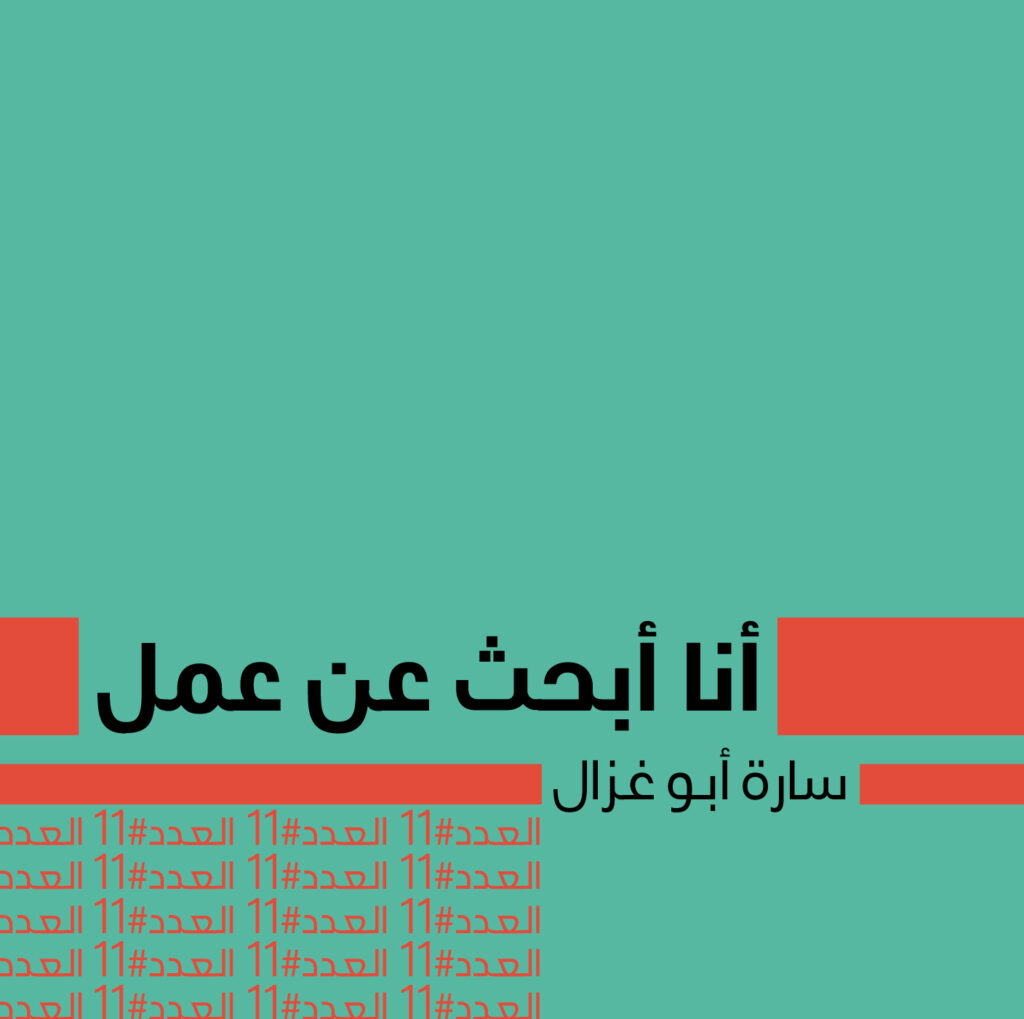
أنا أبحث عن عمل

العائد من هناك

قطع متناهية الصغر

أنا هو الملفّ إياه

≈ [almost equal to]

Molly

غير وارد في الحسبان

يوم نحس مستمر
